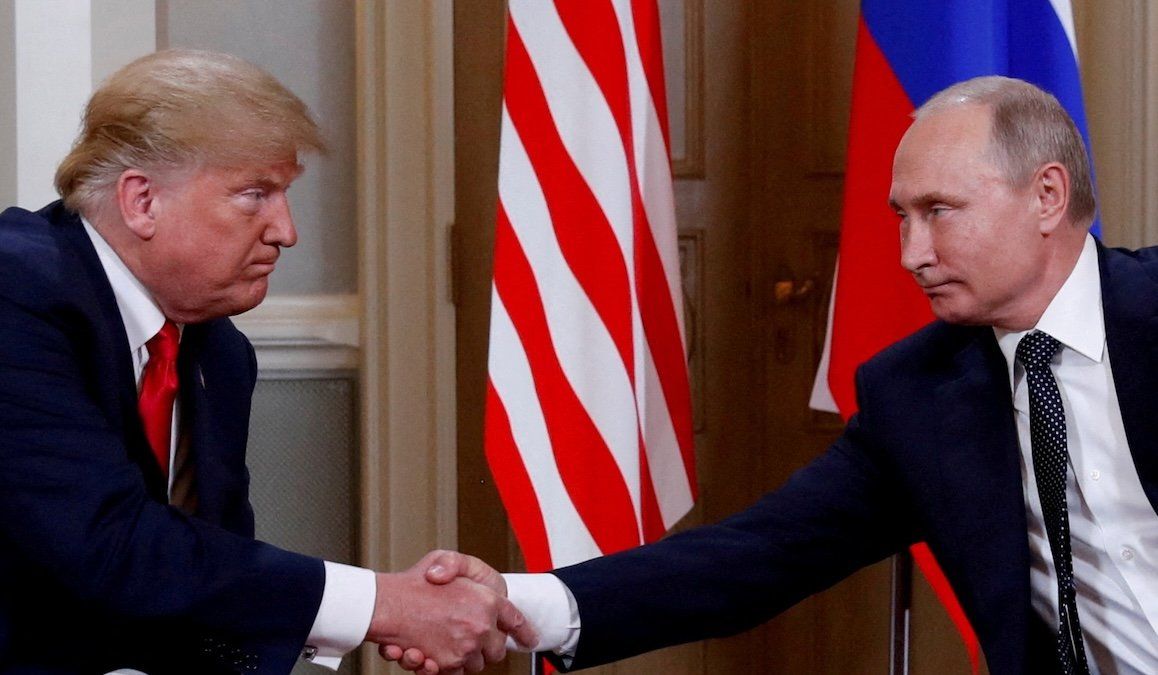The realignment was announced at a meeting in Saudi Arabia between US Secretary of State Marco Rubio and Russian Foreign Minister Sergey Lavrov, which was initially expected to focus on ending the war in Ukraine but ended up being about improving their diplomatic and economic ties. This would end the isolation that Vladimir Putin’s government has endured since he ordered the invasion of Ukraine three years ago.
The meeting – held without the presence of Ukraine or European countries – was a huge win for Putin. The Americans had already signaled that they accepted his terms for talks on ending the war: No NATO membership for Ukraine, no territorial concessions by the Russians, and no US military presence to enforce the peace.
Even as European leaders were scrambling to respond, Trump cranked up the pressure, denouncingVolodymyr Zelensky as a dictator and blaming him for the war. Zelensky replied that Trump is “living in a disinformation space.” Vance denounced him in turn.
Trump’s friends in the Kremlin say Putin and he may meet this month, at which point their plans may be clearer.
Two GOP senators have spoken against Putin, but Trump’s control over his party looks too strong to turn him, which leaves Ukraine in a desperate position, pleading for European help to either keep fighting or enforce a peace that the Americans force on him.
- Trump's Ukraine peace plan confuses Europe leaders - GZERO Media ›
- Why the US-Ukraine minerals deal changed - GZERO Media ›
- Is the US-Europe alliance permanently damaged? - GZERO Media ›
- A Baltic warning: What Ukraine war means for Europe—and the Russian perspective - GZERO Media ›
- If Trump's foreign policy pushes allies away, can the US go it alone? - GZERO Media ›
- Ukraine ceasefire deal now awaits Putin's response - GZERO Media ›
- Will Trump pressure Putin for a Ukraine ceasefire? - GZERO Media ›
- Russian analyst: Let the US and Russia settle the Ukraine war - GZERO Media ›
